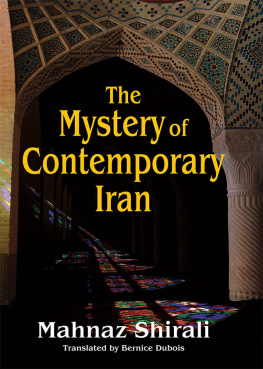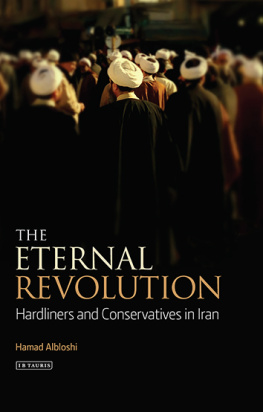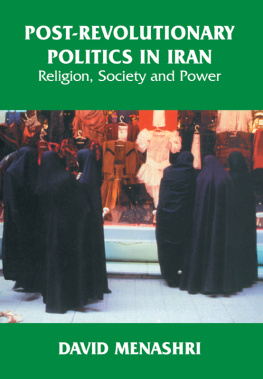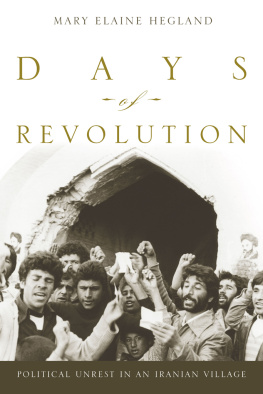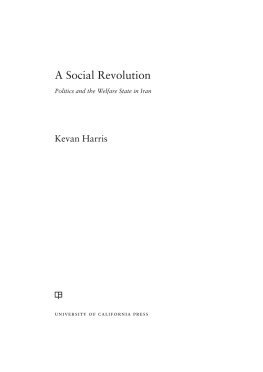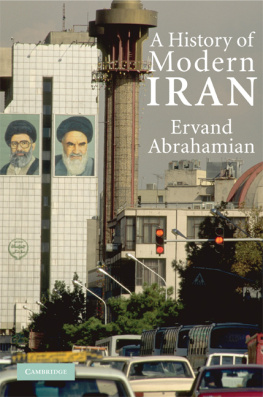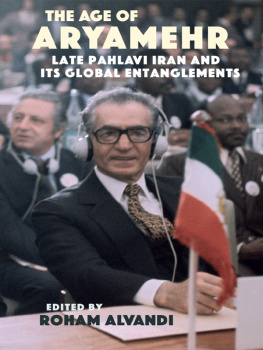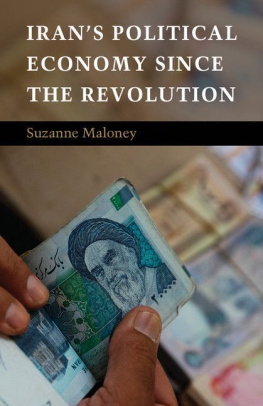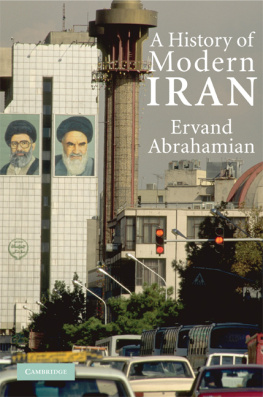First published in 1984
This edition first published in 2011
by Routledge
2 Park Square, Milton Park, Abingdon, Oxon, OX14 4RN
Simultaneously published in the USA and Canada
by Routledge
270 Madison Avenue, New York, NY 10016
Routledge is an imprint of the Taylor & Francis Group, an informa business
1984 Hossein Bashiriyeh
Printed and bound in Great Britain
All rights reserved. No part of this book may be reprinted or reproduced or utilised in any form or by any electronic, mechanical, or other means, now known or hereafter invented, including photocopying and recording, or in any information storage or retrieval system, without permission in writing from the publishers.
British Library Cataloguing in Publication Data
A catalogue record for this book is available from the British Library
ISBN 13: 978-0-415-57033-6 (Set)
eISBN 13: 978-0-203-83010-9 (Set)
ISBN 13: 978-0-415-61336-1 (Volume 27)
eISBN 13: 978-0-203-83023-9 (Volume 27)
Publishers Note
The publisher has gone to great lengths to ensure the quality of this reprint but points out that some imperfections in the original copies may be apparent.
Disclaimer
The publisher has made every effort to trace copyright holders and would welcome correspondence from those they have been unable to trace.
The State and Revolution
in Iran
19621982
Hossein Bashiriyeh
1984 Hossein Bashiriyeh
Croom Helm Ltd, Provident House, Burrell Row,
Beckenham, Kent BR3 1AT
Croom Helm Australia Pty Ltd,
28 Kembla Street, Fyshwick,
ACT 2609, Australia
British Library Cataloguing in Publication Data
Bashiriyeh, Hossein.
The state and revolution in Iran, 1962-1982.
1. Iran-Politics and government
I. Title.
955.05DS318
ISBN 0-7099-3214-6
All rights reserved. For information, write:
St.Martins Press, Inc., 175 Fifth Avenue, New York, NY 10010
Printed in Great Britain
First published in the United States of America in 1984
Library of Congress Cataloging in Publication Data
Bashiriyeh, Hossein.
The state and revolution in Iran, 1962-1982.
Bibliography: p.
Includes index.
1. Iran-Politics and government-1941-1979.
2. Iran-Politics and government-1979
I. Title.
DS318.B337 1984 955.053 83-19218
ISBN 0-312-75612-7
Printed and bound in Great Britain
PREFACE
The present book is in the main an outgrowth of research originally carried out for my doctoral thesis in Iran in 1980. Apart from personal observations, contacts and travels, especially in the western provinces in connection with the question of the minorities, I conducted interviews with the Plan Organisation and the Ministries of Commerce and Economy on government-business relations. The Statistical Centre and the Central Bank were helpful in providing government data and information and the Ministry of National Guidance allowed me to use its archives. For the newspapers and sources prior to the revolution I used the Library of the Majles and the Central Library of Tehran University, as well as the Library of the School of Oriental and African Studies in London
I would like to express my thanks to Dr Barry Munslow of the University of Liverpool, Dr David Pool of the University of Manchester, Mr Hans Schadee, and Professor Nikki Keddie of the University of California for their intellectual support and incisive comments. Professor Keddie read the manuscript for the publishers and made helpful comments on the structure of the study, which were gratefully taken into consideration in the rewrite.
Finally, I owe a special debt to my sister, Moulood, for her assistance with the laborious job of going through piles of numerous newspapers published after the revolution.
Currency and Calendar
One pound sterling = 140 rials, approximately.
The Iranian year starts on 21 March (1 Farvardin) and ends on 20 March (30 Esfand).
To find the equivalent year on the Christian calendar, add 621 years to the Persian calendar.
INTRODUCTION: ANALYTICAL FRAMEWORK
The revolution which broke out in Iran in 1978 and led to the fall of the monarchy and the establishment of an Islamic republic forms one of the major episodes of conflict in the political history of twentieth-century Iran. The focus of the present study is to explain the causes of that revolution and the phases which it has gone through, by putting emphasis on the social aspects of the conflict. In this endeavour the introductory we will seek to explain the major causes of the revolution. To do this, we will use a concept that will bring together several factors which by themselves are insufficient to explain the revolution. They include the development of a revolutionary ideology portraying a better possible society in a decade or so before the revolution; the economic crisis of 1973-8 leading to the generation of economic discontent and grievances on a mass scale; the emergence of some fundamental conflicts of interest between the state and the upper bourgeoisie; the disintegration of the regimes foreign support; the revolutionary mobilisation of the masses by a network of mobilising organisations; and the occurrence of a political alliance between diverse forces of opposition to the monarchy. Thus we will treat the revolution as a conjuncture taking into account the internal contradictions of the state such as its conflict with the upper class and the disintegration of the army, and the external revolutionary pressures brought to bear on the regime such as political mobilisation and political alliances.
The significance of this concept of revolution as a primarily political event becomes evident when it is contrasted with modern anti-political theories of revolution which divert attention from the political
The moderates who first come to power are more than satisfied with the political revolution and seek to preserve the power apparatuses of the old regime. They finally lose out because they are unable to cope with the participation of new groups. The extremists win out because they mobilise the popular forces. With their rise, dual power comes to an end as the new revolutionary clubs and committees are merged with the organisations of the old regime. They thus monopolise state power and create the machinery ofterror and virtue. Finally, the revolution ends in a Thermidor, which signifies the institutionalisation of the work of the revolution and the transfer of power to a new group or class.
The Islamic revolution in Iran has followed this classical model of revolution and hence we will explain its course accordingly. Like all classical revolutions, it has been a self-fulfilling as opposed to a plan-fulfilling revolution. In the plan-fulfilling type, the revolution starts in the countryside and ends in the capital. It is part of a clearly thought-out plan for the reconstruction of the state, and thus the post-revolutionary period does not witness the succession of moderates and extremists (like the Chinese Revolution). By contrast in the self-fulfilling type, there is little prior planning; hence the unpredictability of the aftermath of the revolution and the succession of the moderates and the extremists (as in the French Revolution). The Iranian revolution was of the self-fulfilling type in that there was no specific plan as to the actual political arrangements and social goals to be achieved after the revolution.


